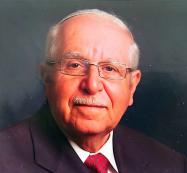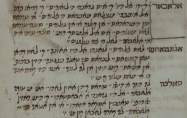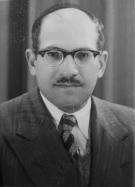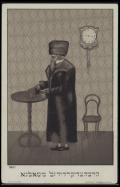(360 results found)
Ezra Barnea
… Hazzan Ezra Barnea, was born in the Bukharian quarter of Jerusalem in 1935 to Rabbi Nehemiah … of Persian origin. His adopted surname, Barnea, consists of the first letters of his fathers’ name Bar (son of) Ne hemia … Uziel " from the rabbi's handwriting. Since 1987, thirty-three volumes from the rabbi's estate were published by …
A Flowering Debate: A Judeo-Spanish Song (not just) for Tu BiShvat
… El debate de las flores (Debate of the Flowers) is the name provided by scholars to a long Judeo-Spanish … los [sic!] flores . Ms. British Library 26967, fol. 153b Three different, but related, versions of El debate de las …
Yaakov Huri
… Yaakov Huri: An Iraqi Cantor in the Edith Gerson Kiwi Archive The recorded collection of the Baghdad-born cantor Yaakov … identity cards throughout the West Bank. His command of three languages English, Arabic and Hebrew led him to this …
Book Review: Music’s Making - The Poetry of Music; The Music of Poetry
… Cherlin M., Music’s making: The Poetry of Music, the Music of Poetry . SUNY Press, 2024. In a letter to his … has pedagogical origins and bases is readily visible from three other important vantage points. 1): The book is …
La serena + Non me lleves tú al muelle (Dame la mano palomba, Dame la mano palambo)
… stanzas of mostly modern Spanish origin generally known in the Ladino repertoire as La serena (Pedrosa 1995). The two opening strophes, El nido de la paloma and La torre … the Canary Islands as a folía (dance with castanets). The three other strophes (3, 4, and 6) were almost not …
Tish-nigunim Ascribed to Yosl Tolner and the Aesthetics of the Genre
… Tish-nigunim in the Post-vernacular Era This study aims to trace the unique characteristics of a type of music unparalleled … the Rebbe’s table. The melody is usually long and contains three or four sections, some in slow, others in fast tempo” …
5. Mi-Pi El (De Boca del Dio)
… God’s Mouth,’ meaning ‘From God’s Voice’) This is perhaps the best-known piyyut for the holiday of Simhat Torah, which marks the end of the … Simhat Torah pizmonim printed in the prayer books for the Three Festivals, but rather in special booklets of songs for …
Tracks 3, 4, 5: Maqam Rast, Song, and Maqam Sharqi Esfahan
… These three tracks comprise a complete performance recorded by … Israel radio in 1961: Maqam rast, followed by a song, and then Maqam Sharqi Esfahan. These two maqams were often performed together. The ensemble …
Yossef (Yusuf) Zaarur
… Yossef (Yusuf) Zaarur (يوسف زعرور) was born in Baghdad in either 1902 or 1896—per Israeli immigration documents—to a … family celebrations from an early age, which exposed him to the richness of the religious vocal repertoire of his … as head of the radio’s music department, he initiated three studio ensembles that specialized in Iraqi maqam and …
Por qué no cantáis la bella (La Reina estava lavrando, La reyna estava lavrando)
… This truncated version of the romance ¿Por qué no cantáis la bella? (CMP J4) is rare among the Eastern Sephardi Jews and was known mainly in Sarajevo. … within the Ladino verses. Haim's recording contains only three verses from the opening of the romance, probably …

